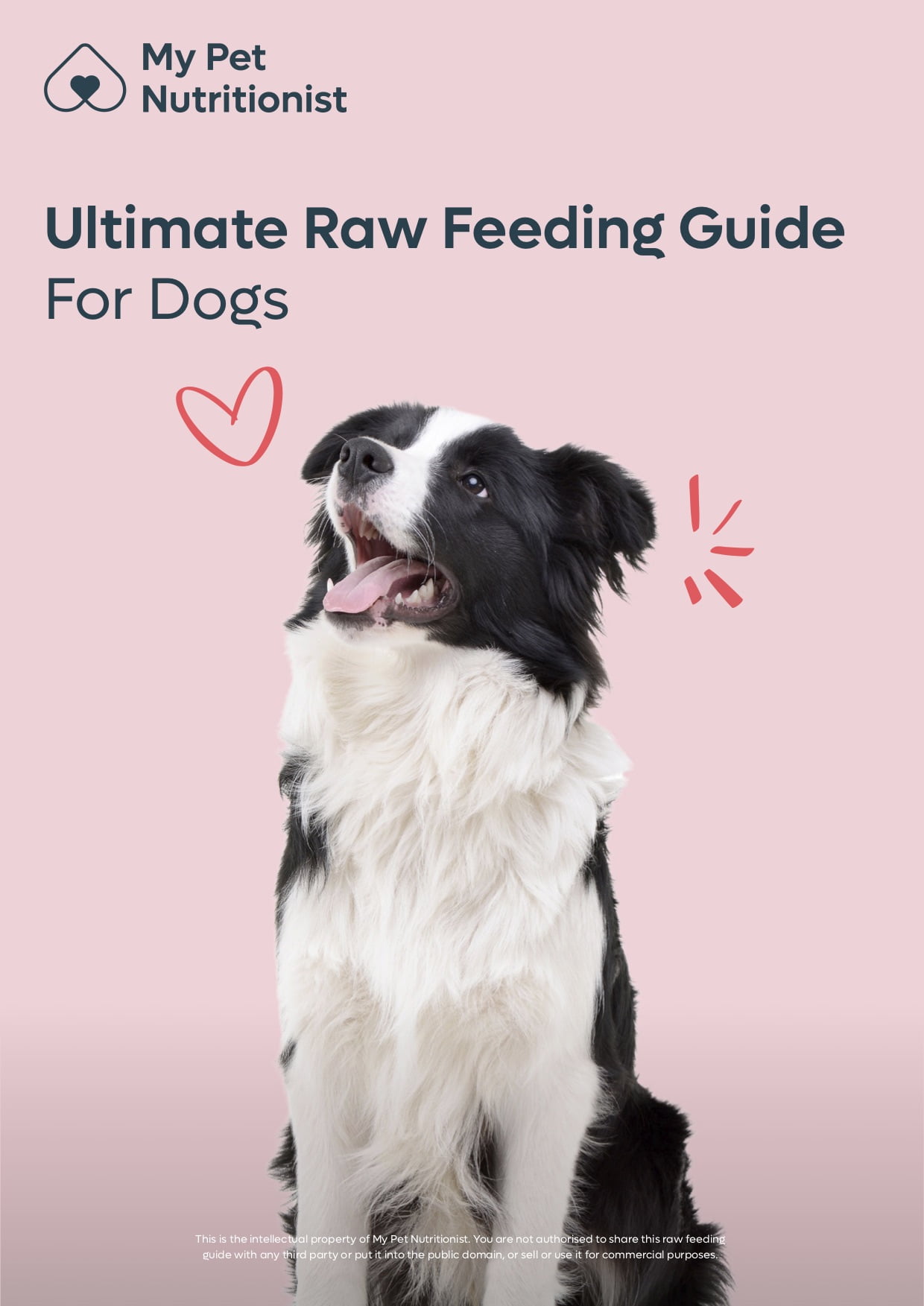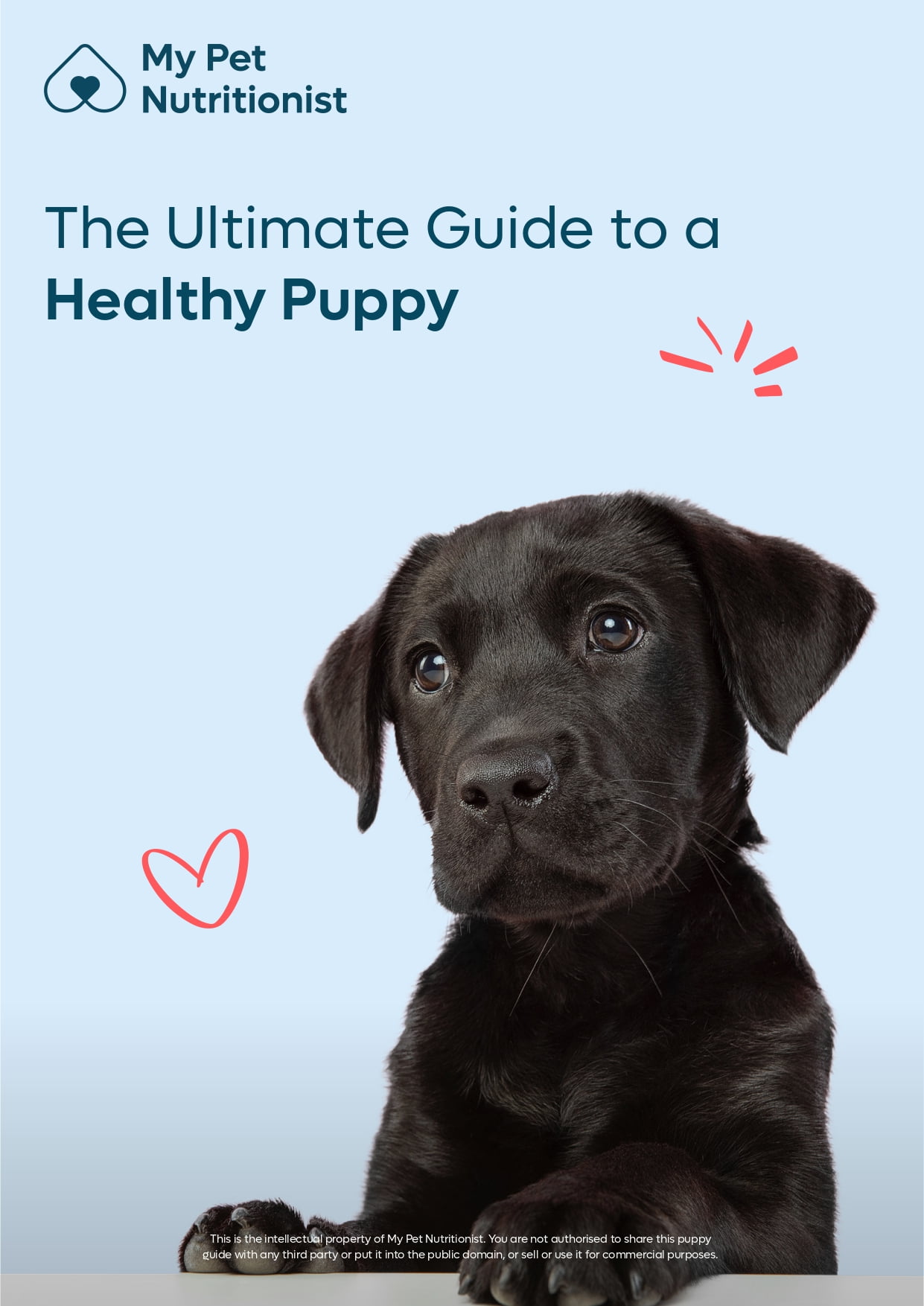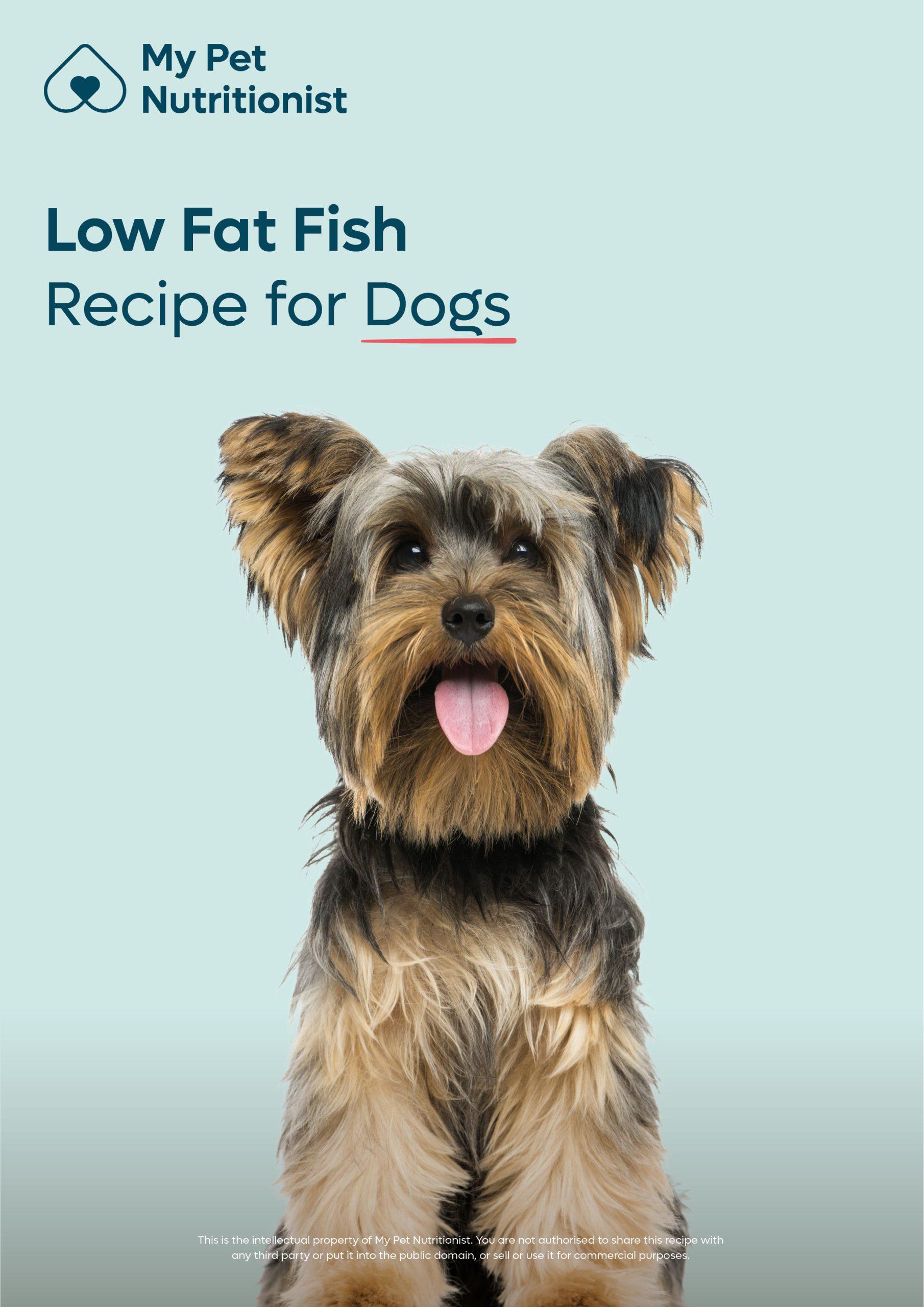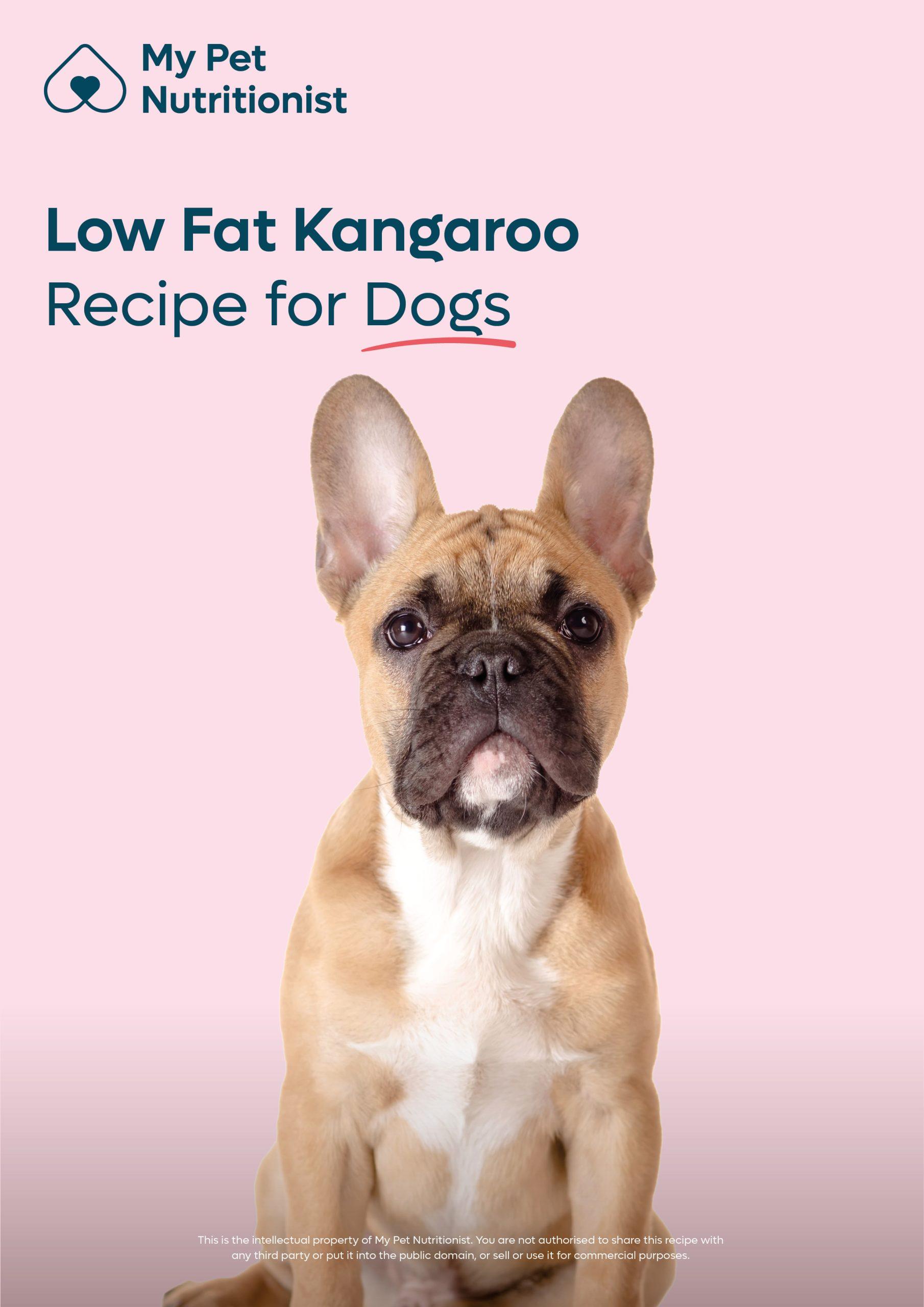-
£29.99£29.99£119.00£19.99£6.99
Cart
8
Cart
8


 Read Now
Read Now
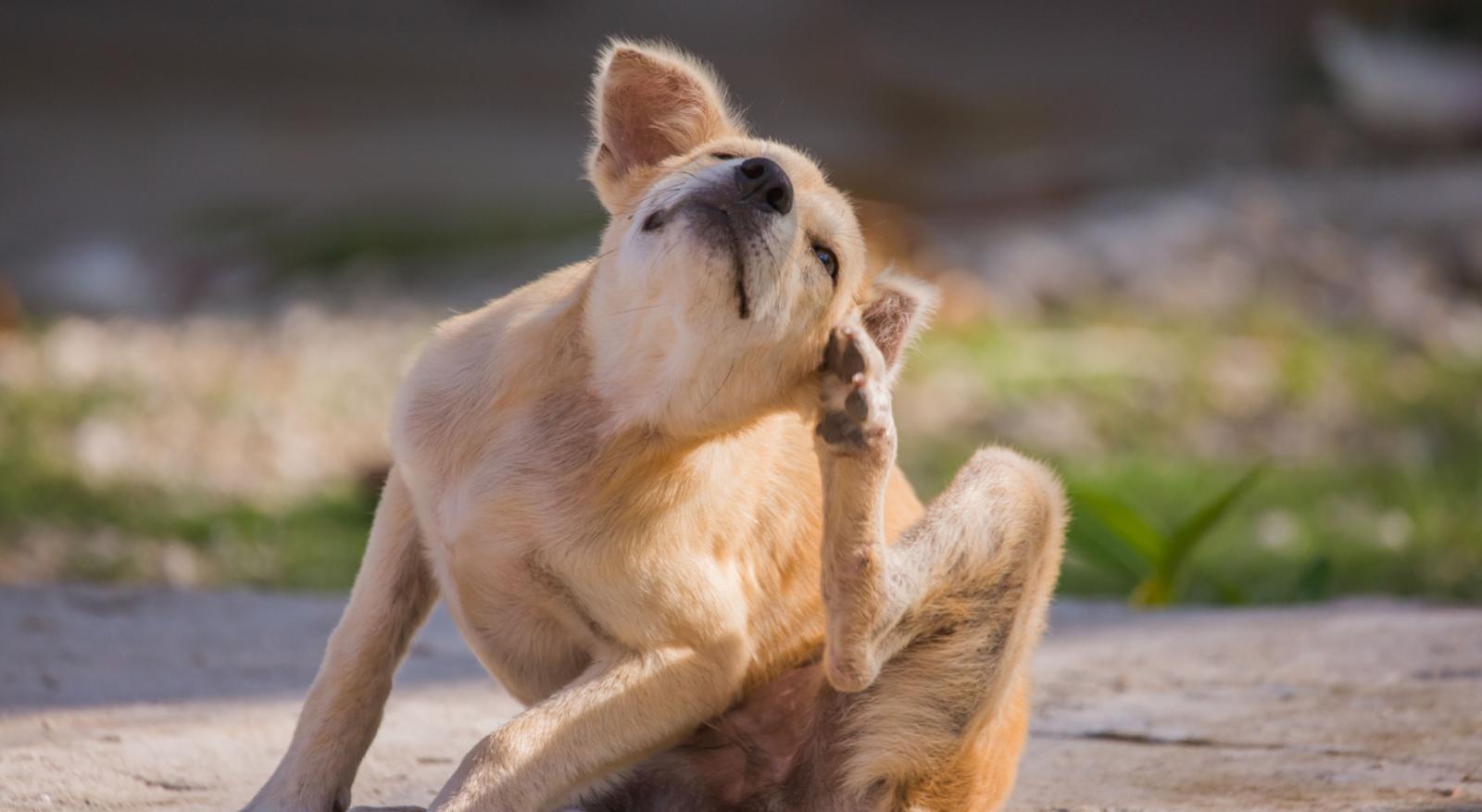 Read Now
Read Now
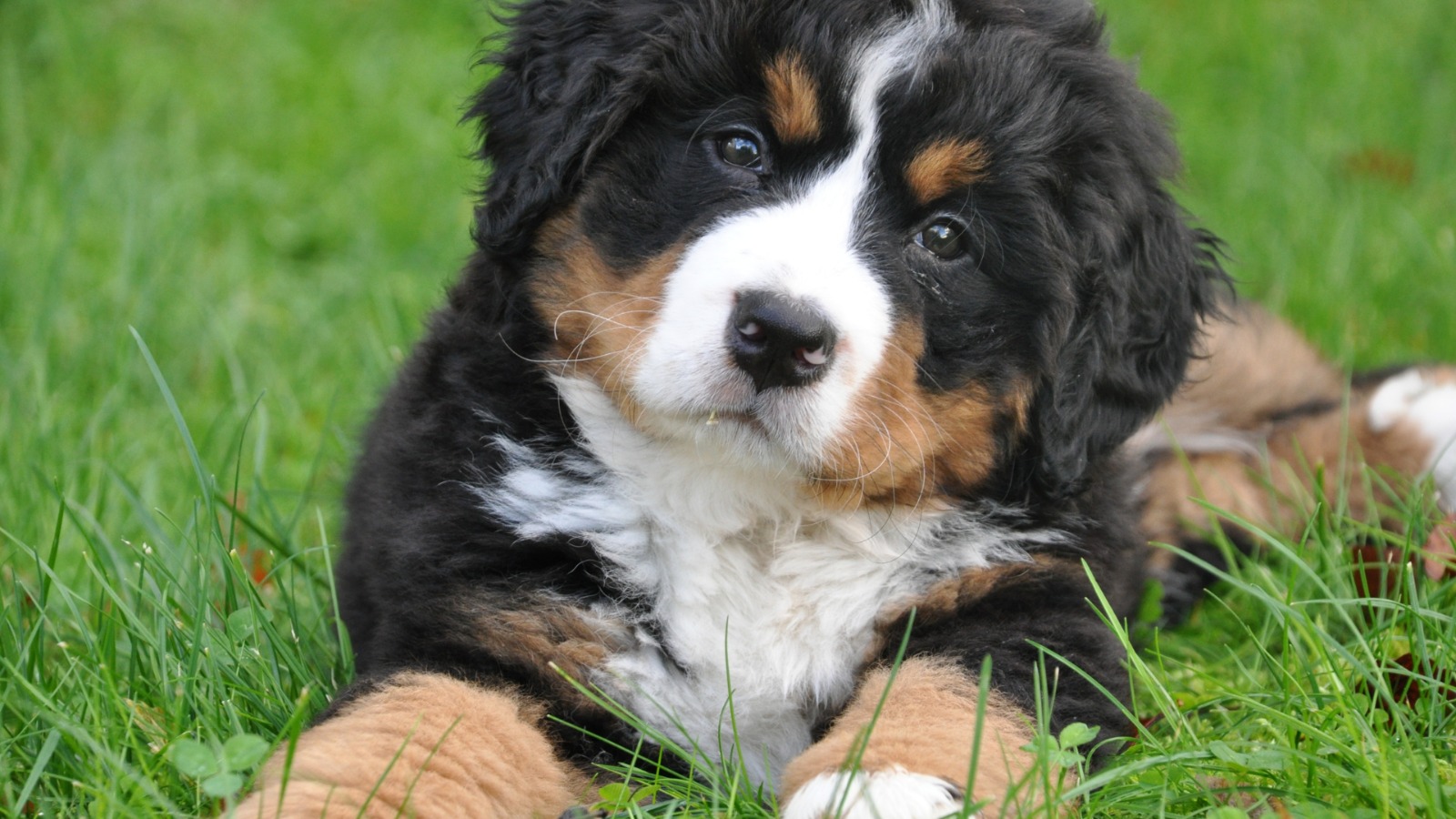 Read Now
Read Now
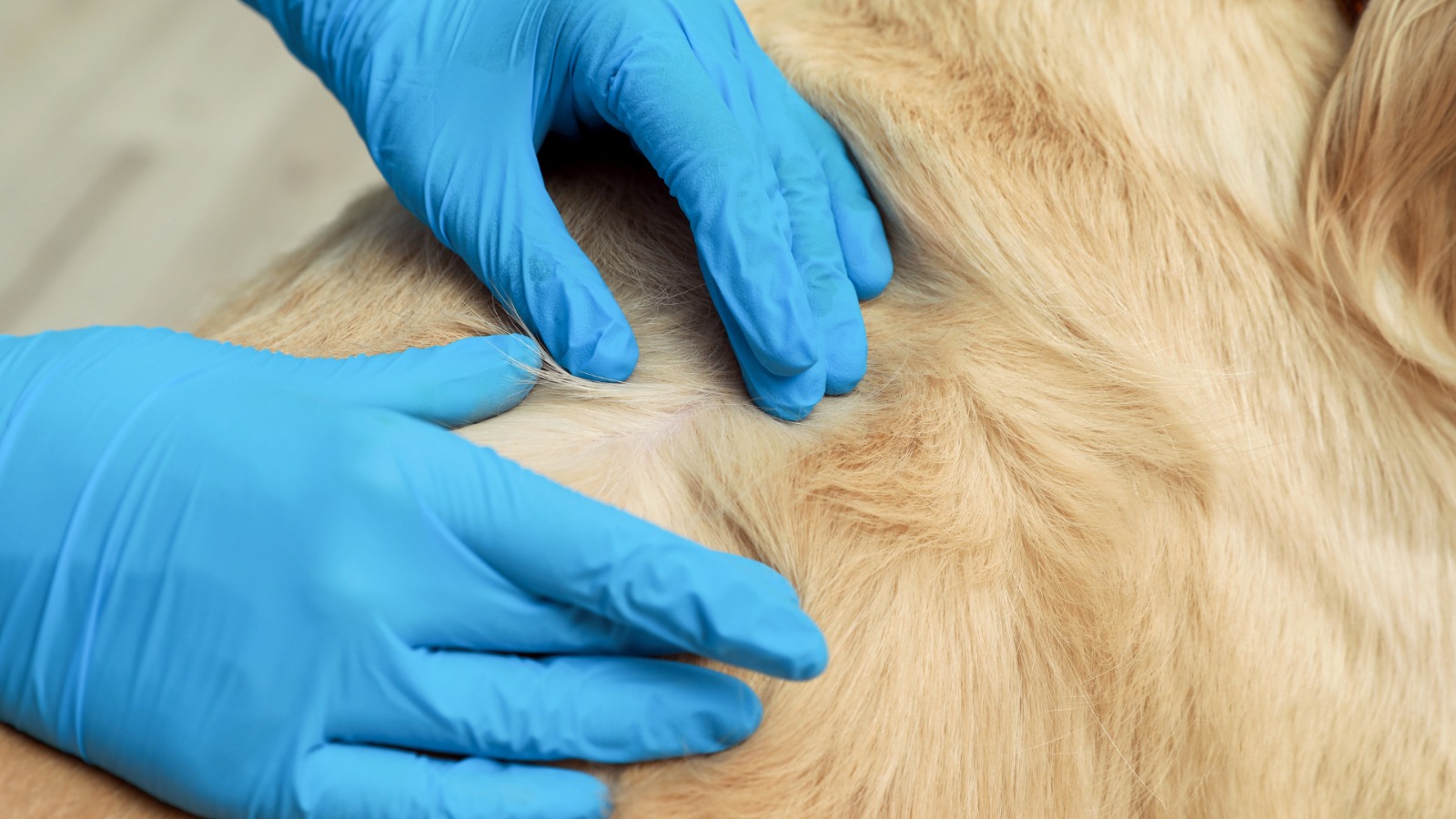 Read Now
Read Now
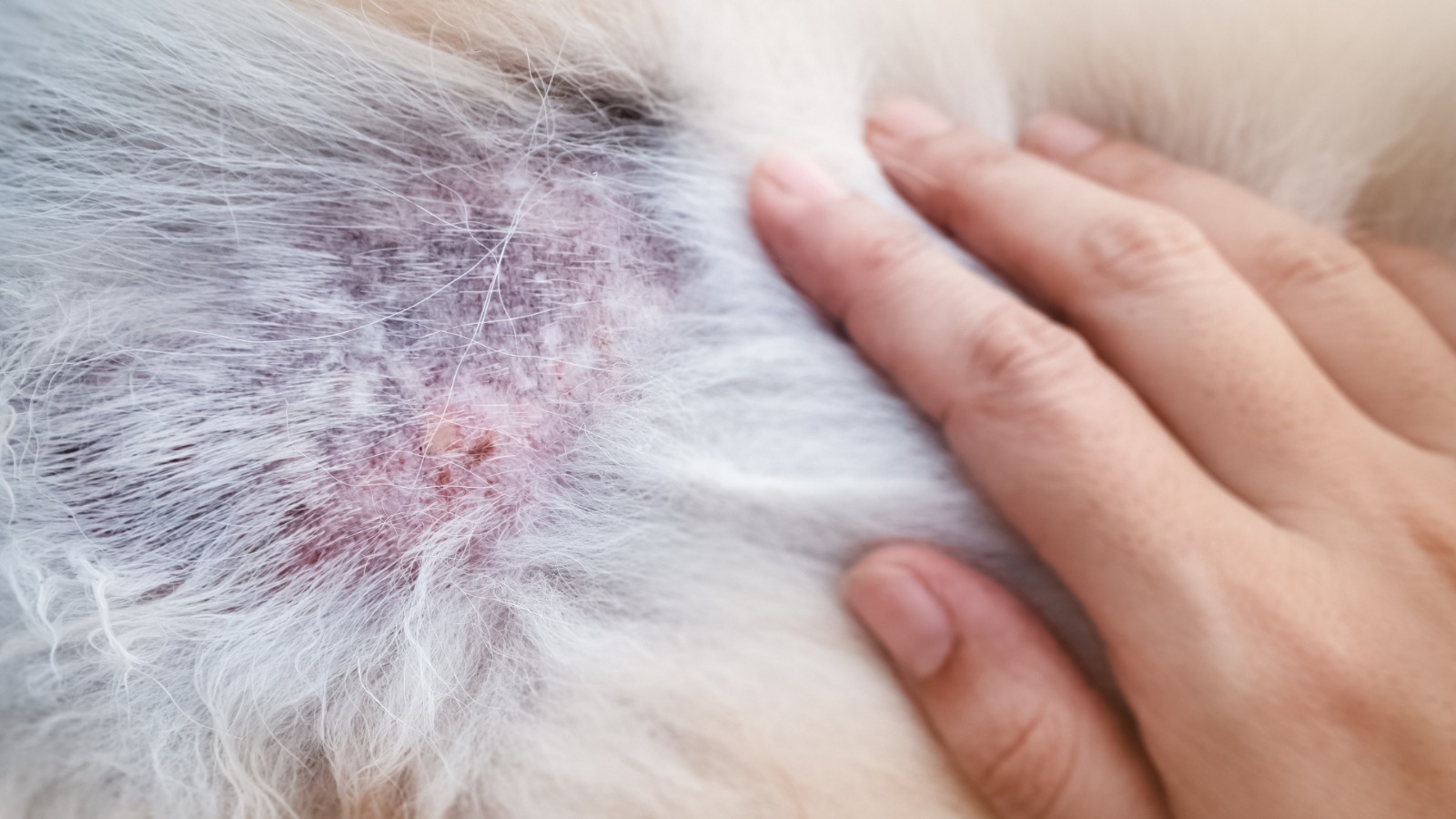 Read Now
Read Now
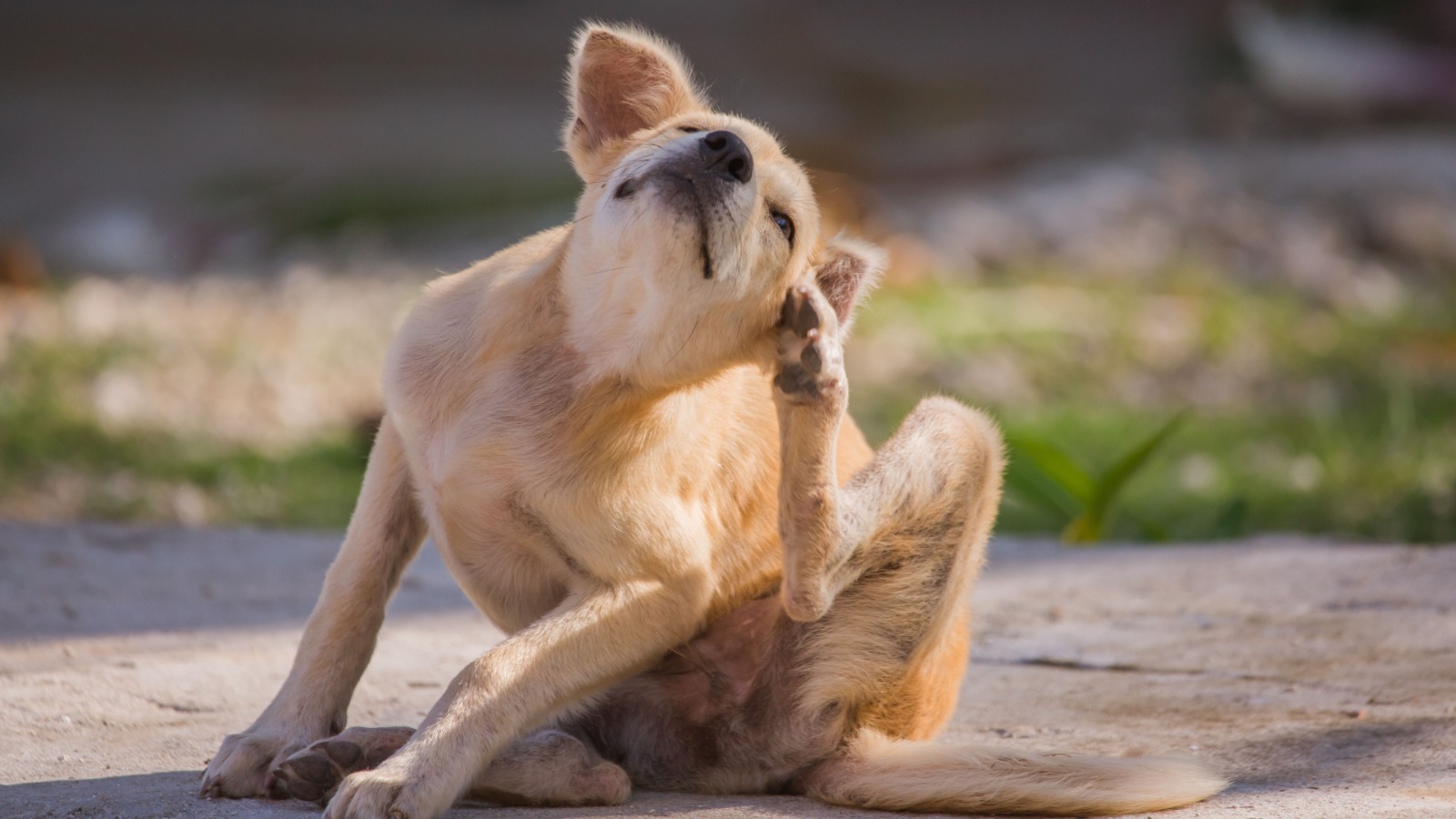 Read Now
Read Now
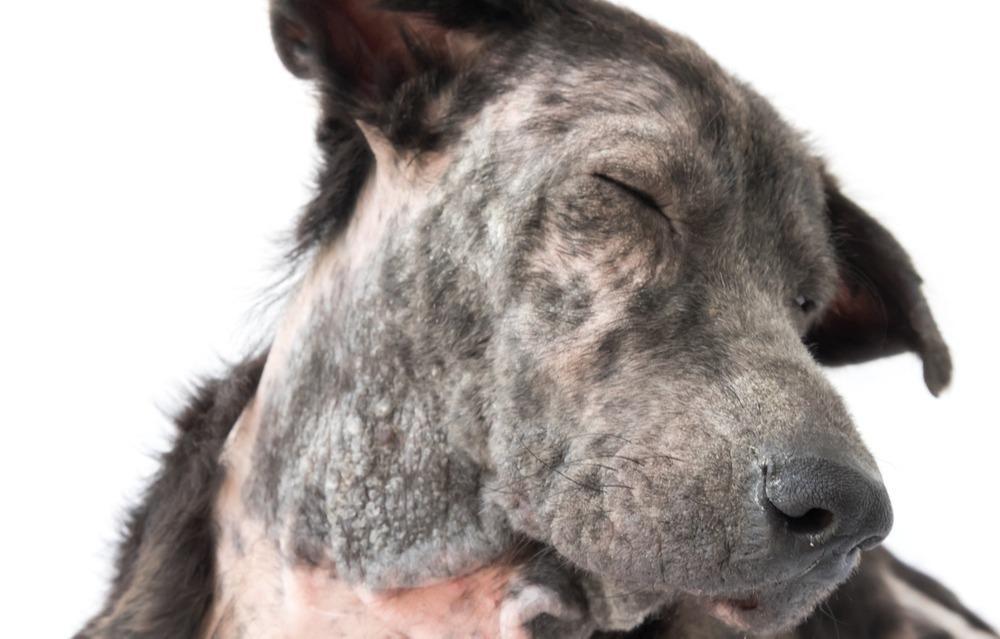 Read Now
Read Now
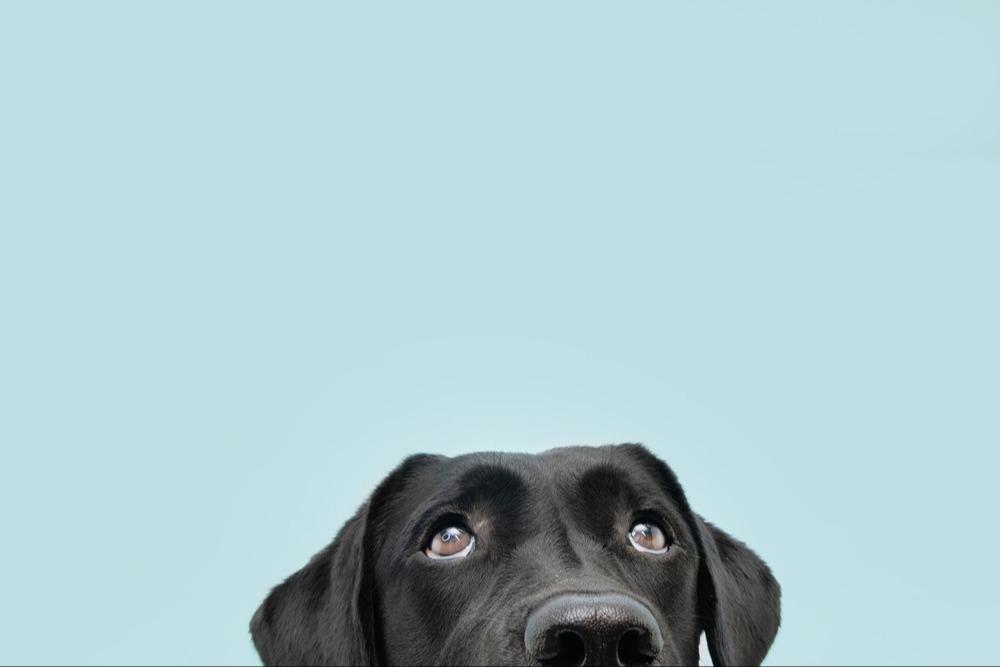 Read Now
Read Now
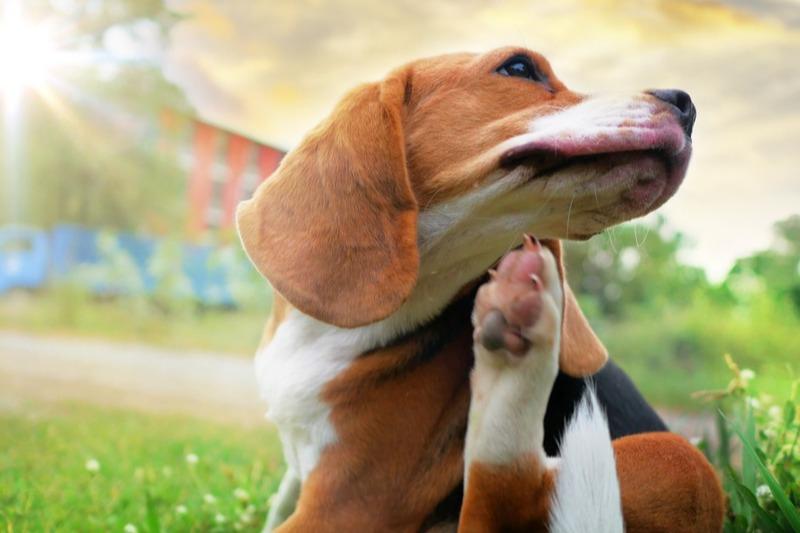 Read Now
Read Now
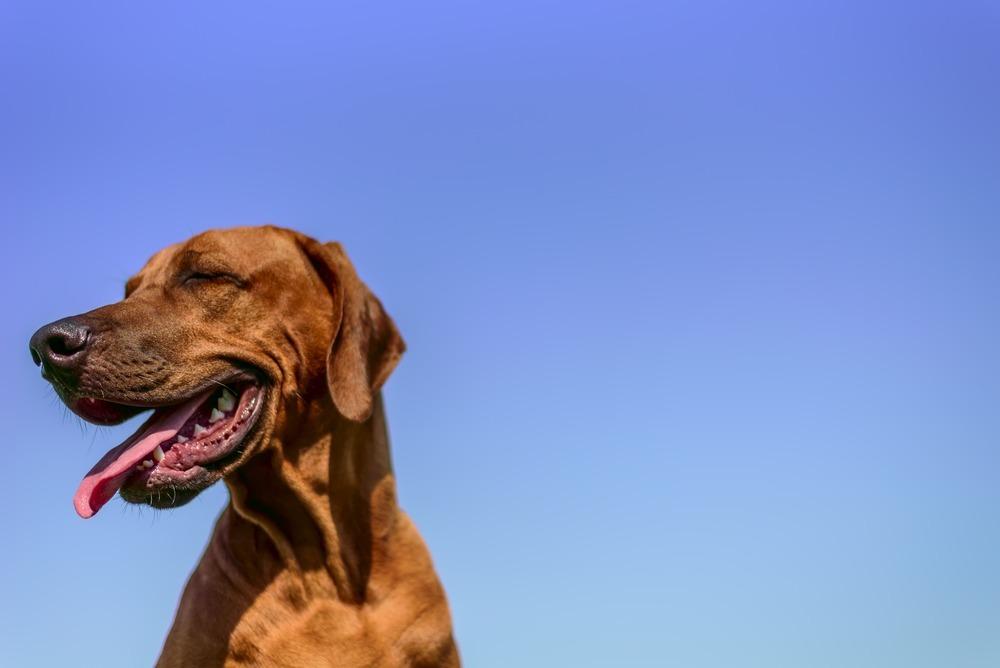 Read Now
Read Now
 Read Now
Read Now
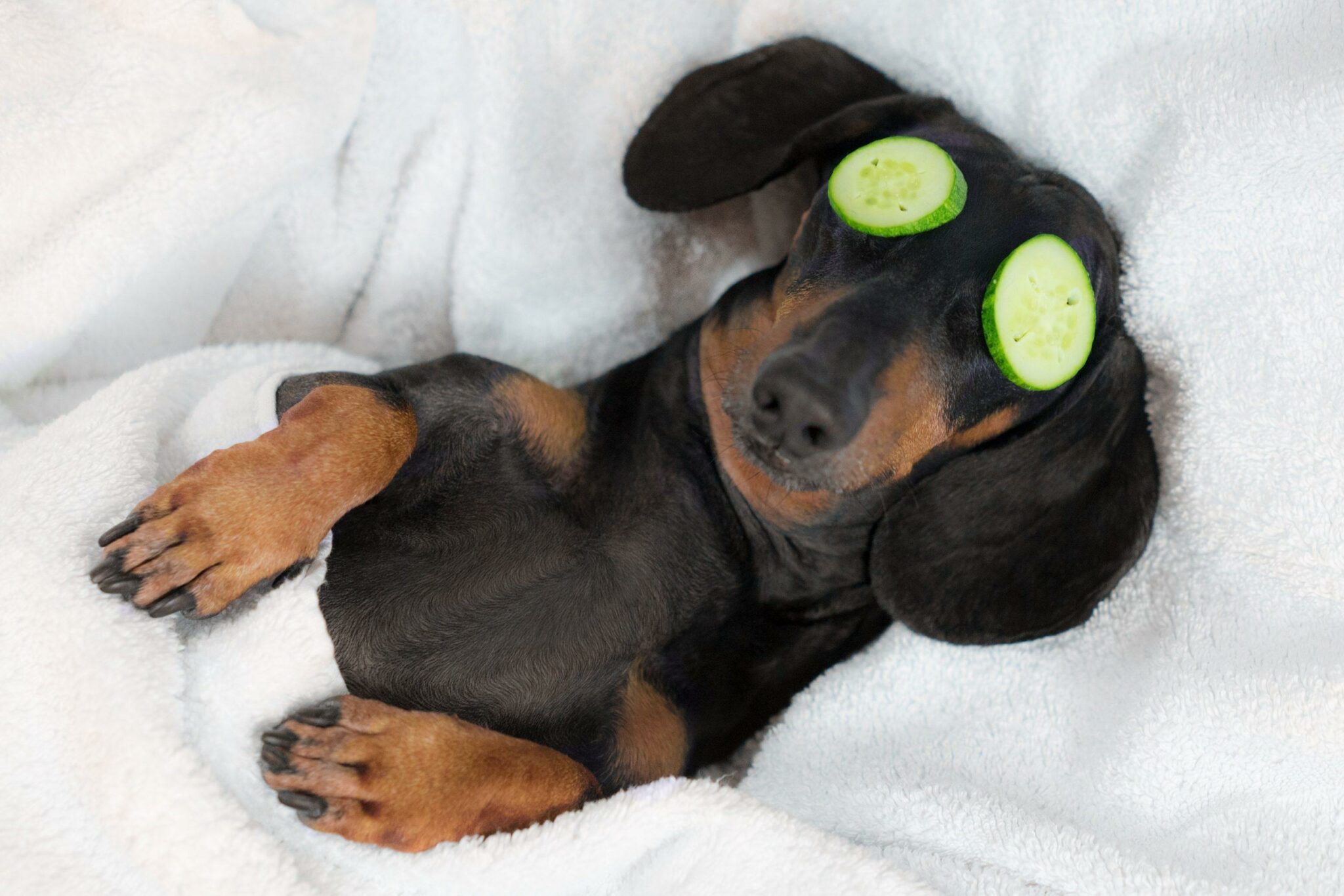 Read Now
Read Now
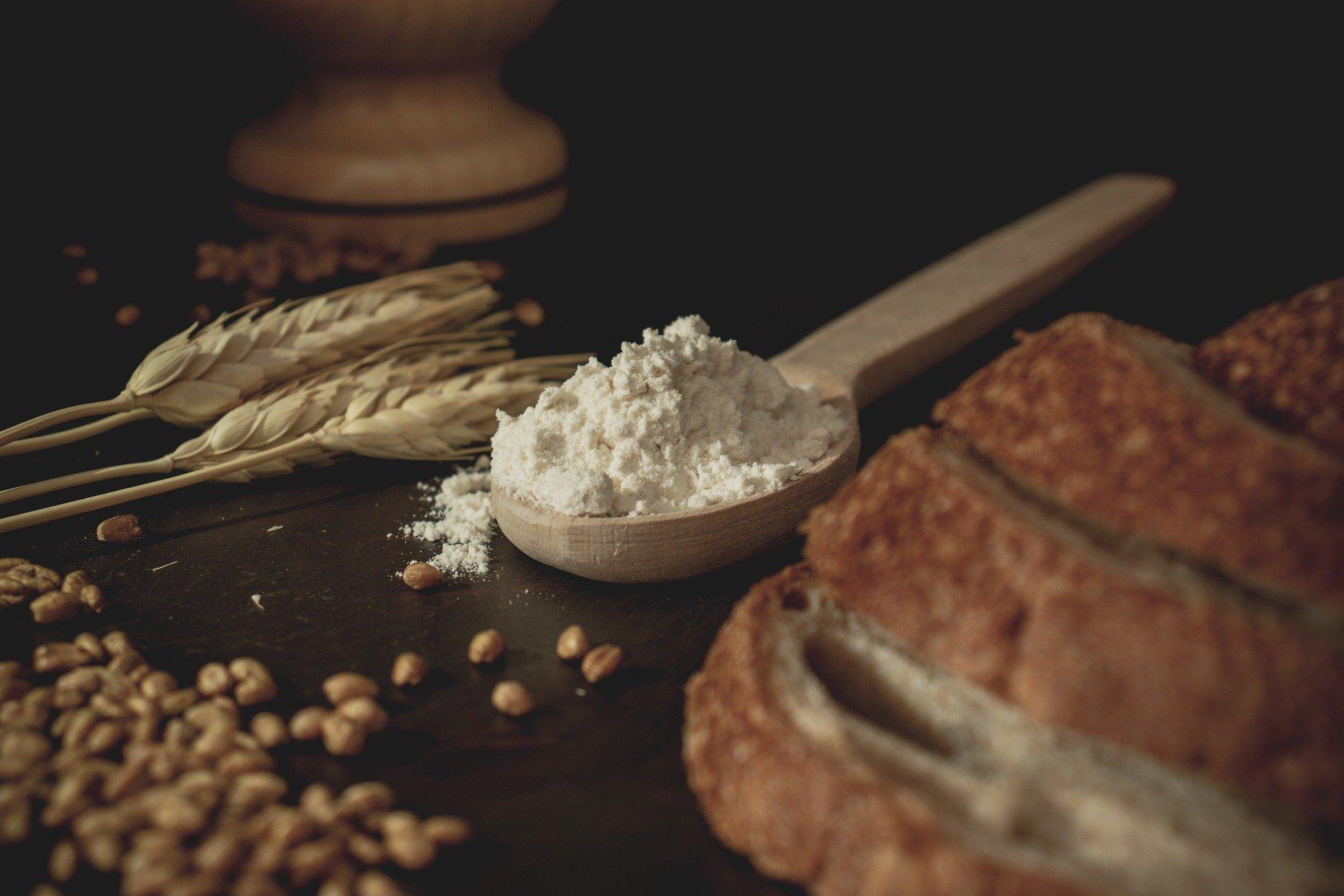 Read Now
Read Now
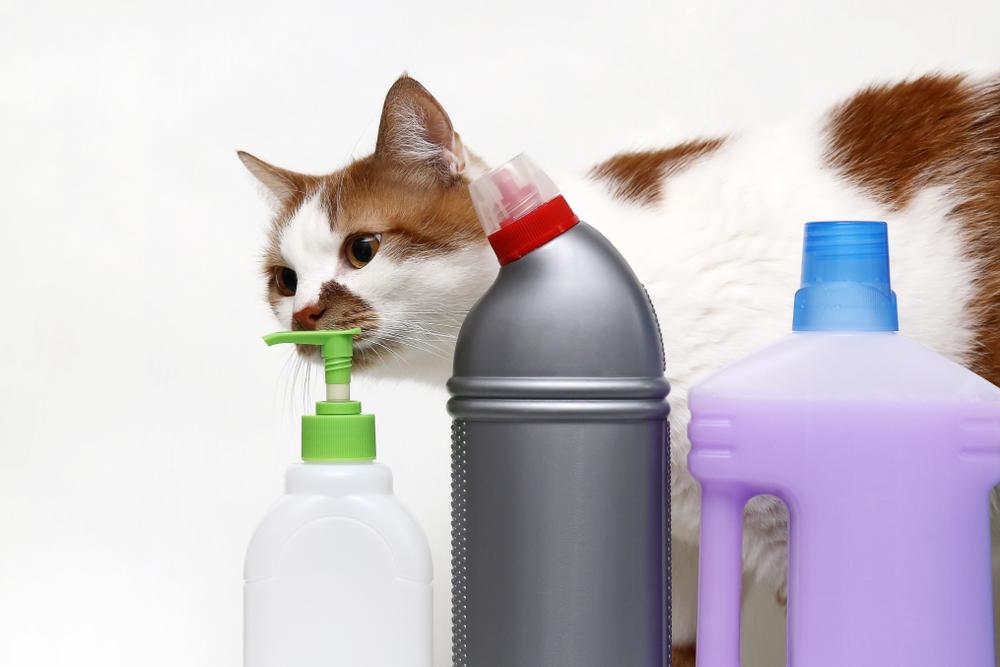 Read Now
Read Now
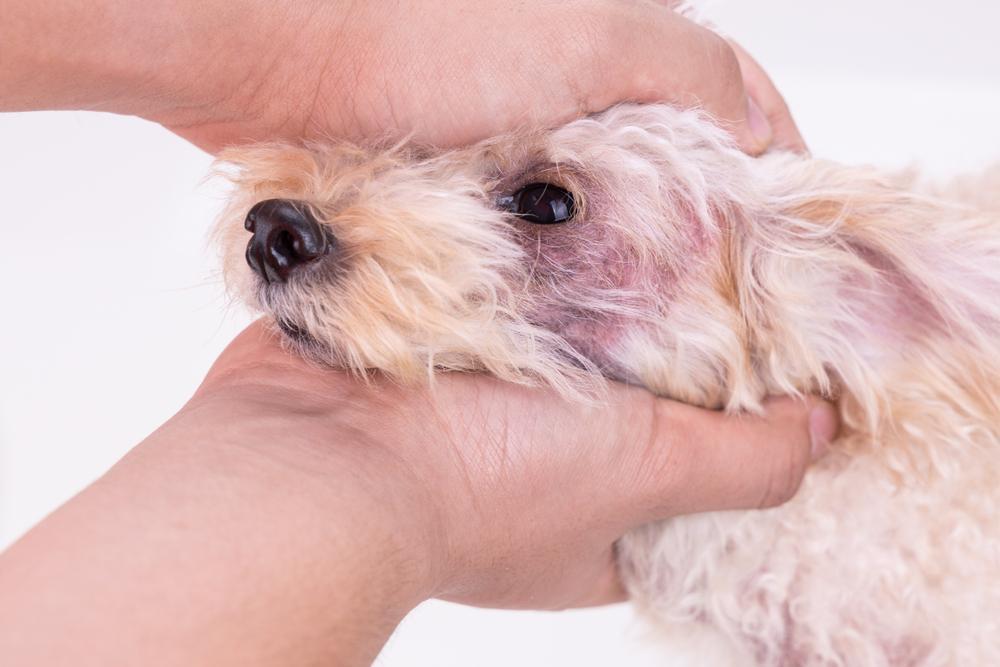 Read Now
Read Now
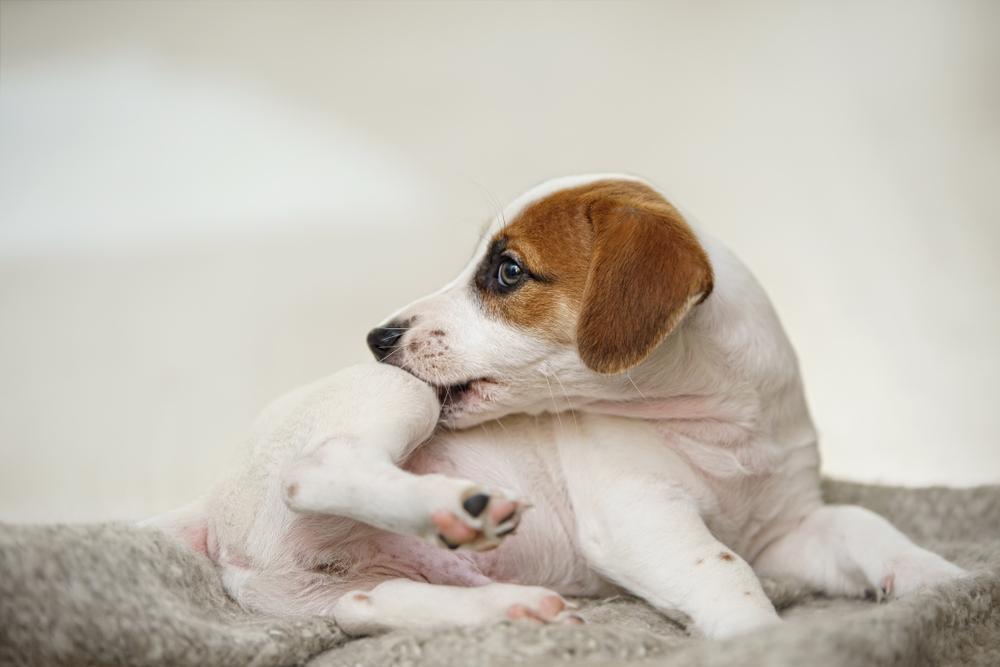 Read Now
Read Now
-
£29.99£29.99£119.00£19.99£6.99

Could My Dog’s Coat Type Contribute to Skin Issues?
- June 16, 2022
- 7 mins
Whilst we get skin issues across the board in dogs; we can’t deny that certain breeds are more predisposed than others. But if we have a list in our mind of those dogs who we think are more likely to suffer, have we even considered that their coat type may play a role?
We’re going to take a look at those double coated breeds specifically, and why they may suffer with skin challenges.
The hair sprouting from the follicles in the skin, known as hair or fur, also protects against harsh weathers, temperatures, and ultraviolet light damage. Double coats are generally termed fur and single coats are generally termed hair. Although, most owners, and groomers for that matter, use the phrases interchangeably.
In double coated breeds, hair growth and the thickness of the undercoat is largely responsive to the environment. Cold months call for a thick undercoat where air can be trapped right next to the outer layer of the skin. Think of it like a wetsuit. A wetsuit works by trapping a thin layer of water between your body and the suit. This layer of water is then warmed by your body and water is a great conductor of heat! On the other side of this scale, warm months call for a thinner undercoat that is well-brushed and not impacted. This allows air to circulate, drawing cool air over the skin.
A regular issue in double-coated breeds is an impacted undercoat. This is where the secondary hairs become matted. Air is unable to circulate, meaning it gets trapped and warmed up from the heat of the body.
The issue is further compounded if you have a damp coat from rainy walks, dips in the pond or after the regular hydrotherapy session and in this scenario, skin health can be compromised.
The skin microbiome is made up of a range of bacteria, fungi, and viruses. They usually function symbiotically; helpful microorganisms keep potentially harmful microorganisms in check. The issue is when there is an imbalance; we know this as dysbiosis.
It has been established time and time again, when dogs and humans are suffering with red and itchy skin, there have been alterations in the skin microbiome. Generally, some bacteria have grown in numbers and others have reduced.
A healthy skin microbiome is necessary for the correct function of mast cells founds in the dermis and mast cells mediate inflammatory responses like hypersensitivity and allergic reactions.
Subsequently, those dogs suffering with atopic dermatitis are then more sensitive to environmental allergens. It is rather easy to see how skin issues can become so complex.
Unfortunately, there are a range of things that can affect the composition of the skin microbiome:
– Genes
– Lifestyle, including nutrition
– Environment
– Family make up (other pets)
– Personal and home hygiene
In healthy dogs the most common bacteria are proteobacteria, closely followed by firmicutes, actinobacteria, Bacteroidetes and cyanobacteria. Interestingly, healthy dogs have a higher community of beta proteobacteria ralstonia spp. than those dogs suffering with allergies.
The type of bacteria also varies depending on the site of the body, for example, there will be different bacteria found between toe digits to that found in the groin area.
Findings Here
This is because all bacteria have their own needs to survive. They need food, water and the correct environment which includes a specific temperature, to them. Some bacteria will thrive in cooler temperatures, some prefer warmer climates.
This is why we need to pay attention to the coat condition of your double coated breed. Your dog will have their own community of bacteria on their skin. Some bacteria will outnumber others. Which bacteria thrive will largely depend on your dog’s lifestyle, including nutrition.
If your double coated breed has gotten wet on a rainy walk or loves swimming, they will get a damp coat. You may towel them off and allow them to dry off in front of the fire or radiator. Star fishing in a centrally heated home is quite far removed from the initial purpose of many double coated breeds.
The environment experienced by your dog’s skin and coat is now quite different. There is more water and heat present, which could provide certain bacteria the perfect conditions to thrive. Issues arise if these bacteria aren’t particularly beneficial.
The altered environment is obvious when you notice the smell of a wet dog. The microorganisms living on a dog’s coat produce what are known as volatile organic compounds (VOCs), as the water evaporates, it carries the VOC’s with it. It has been well established that different VOCs are associated with both wet and dry coats.
Now some dogs are incredibly resilient, in all paths of their life; some dogs have guts of steel and can eat any morsel they find in a bin with no ill effects. Some dogs may never suffer with any skin issues. But other dogs are a little more sensitive and their skin is no different.
In addition, an impacted undercoat is detrimental to temperature regulation, so it needs to be well maintained.
Secondly, if your dog spends a significant amount of time damp or in the process of drying off, consider investing in a hair dryer or blaster-dryer. Blaster-dryers are a miracle when it comes to double-coated breeds. They are much more powerful than a standard hairdryer and often run at a lower temperature. If your dog has never been exposed to one at a groomer’s before, start by introducing it on its lowest setting and from a distance, just allowing your dog to accept that it poses no threat. Take it slow. Rake the coat out as you are drying to ensure even coverage.
Finally, consider how often you shampoo your dog and with what. We know that the products used on ours and our dogs skin affect the microbiome. It is well established that germ-free animals possess an underdeveloped immune system and immature mast cells, so perhaps reaching for that anti-bacterial shampoo is not always the best choice. It’s incredibly tempting when our dog gets wet, to reach for the shampoo to rid that wet smell, but they may just need a rinse with clean water and a thorough drying.
Something to be mindful of is the use of towel robes. No one can deny how much cleaner the car and kitchen are with a towel-robe, but again, it does promote a warm and moist environment on your dog’s skin. Some dogs are incredibly resilient, but for dogs who suffer with sensitivities it could be worth considering.
The skin and coat of a dog is a protective mechanism. Not only does it shield against the elements and ultraviolet light, it provides a microbial barrier against infections and parasites. However, it can only do this when it is in balance, when potentially harmful bacteria are being kept in check by beneficial bacteria. Different bacteria thrive in different environments; so, when the environment changes it can alter diversity of the microbial community. When caring for your double coated breed, keep the hair knot and matt free and pay attention to the undercoat. Be mindful of how damp and warm pockets could alter the skin microbiome and keep that coat dry enough.
In addition to these strategies, it’s important to provide a diet that supports optimal skin health.
5 Top Tips For Skin Health in Your Dog
Does My Dog Have a Gut-Skin Axis?
Tackling Atopic Dermatitis in Pets
If you would like any support with your dog’s skin health, then check out our services to see how we can help.
Thanks for reading,
MPN Team
We’re going to take a look at those double coated breeds specifically, and why they may suffer with skin challenges.
The Canine Coat
When we are discussing the canine coat, we include both the skin and hair/fur. Both have their own individual functions, and both are crucial to your dog’s ability to thrive.The skin is the largest organ of your dog’s body. It consists of three major layers:Not only does the structure of the skin prevent water and electrolyte loss to help maintain body homeostasis, but it forms a protective barrier which helps protect against infections, parasites, and the elements.
The Epidermis – (Epi – upon or above) this is the outer layer of skin, the protective layer.
The Dermis – the dermis supports and nourishes the outer layer. It provides strength and elasticity. Here you will find collagen fibres, sweat glands, sebaceous glands, and hair follicles. You will also find cells that release histamine and other inflammatory mediators when faced with an allergy or injury.
The Subcutis – (sub meaning under or below) this is the innermost layer of the skin, where you will find fat and muscles. Subcutaneous fat provides insulation, padding and storage for reserve energy.
The hair sprouting from the follicles in the skin, known as hair or fur, also protects against harsh weathers, temperatures, and ultraviolet light damage. Double coats are generally termed fur and single coats are generally termed hair. Although, most owners, and groomers for that matter, use the phrases interchangeably.
Double Coats vs. Single Coats
Dogs can have primary and secondary hairs. Primary hairs are single hairs that grow from a follicle. If present, secondary hairs exit from the same follicle and you can have anywhere from 3-15 of them exiting alongside a primary hair from the same follicle. Primary hairs are often referred to as guard hairs or the outer coat and secondary hairs are referred to as the undercoat. Double coated breeds have both primary and secondary hairs, like the German Shepherd, Alaskan Malamute, Husky and Akita whereas single coated breeds simply have primary hairs, which include breeds like the Poodle or Bichon Frise.In double coated breeds, hair growth and the thickness of the undercoat is largely responsive to the environment. Cold months call for a thick undercoat where air can be trapped right next to the outer layer of the skin. Think of it like a wetsuit. A wetsuit works by trapping a thin layer of water between your body and the suit. This layer of water is then warmed by your body and water is a great conductor of heat! On the other side of this scale, warm months call for a thinner undercoat that is well-brushed and not impacted. This allows air to circulate, drawing cool air over the skin.
A regular issue in double-coated breeds is an impacted undercoat. This is where the secondary hairs become matted. Air is unable to circulate, meaning it gets trapped and warmed up from the heat of the body.
The issue is further compounded if you have a damp coat from rainy walks, dips in the pond or after the regular hydrotherapy session and in this scenario, skin health can be compromised.
The Canine Skin
Not only does the skin provide a barrier to the elements, but its very composition also provides an immunological and microbial barrier because of its bacterial community. This is known as its microbiome.The skin microbiome is made up of a range of bacteria, fungi, and viruses. They usually function symbiotically; helpful microorganisms keep potentially harmful microorganisms in check. The issue is when there is an imbalance; we know this as dysbiosis.
It has been established time and time again, when dogs and humans are suffering with red and itchy skin, there have been alterations in the skin microbiome. Generally, some bacteria have grown in numbers and others have reduced.
A healthy skin microbiome is necessary for the correct function of mast cells founds in the dermis and mast cells mediate inflammatory responses like hypersensitivity and allergic reactions.
Subsequently, those dogs suffering with atopic dermatitis are then more sensitive to environmental allergens. It is rather easy to see how skin issues can become so complex.
Unfortunately, there are a range of things that can affect the composition of the skin microbiome:
– Genes
– Lifestyle, including nutrition
– Environment
– Family make up (other pets)
– Personal and home hygiene
In healthy dogs the most common bacteria are proteobacteria, closely followed by firmicutes, actinobacteria, Bacteroidetes and cyanobacteria. Interestingly, healthy dogs have a higher community of beta proteobacteria ralstonia spp. than those dogs suffering with allergies.
The type of bacteria also varies depending on the site of the body, for example, there will be different bacteria found between toe digits to that found in the groin area.
Findings Here
This is because all bacteria have their own needs to survive. They need food, water and the correct environment which includes a specific temperature, to them. Some bacteria will thrive in cooler temperatures, some prefer warmer climates.
This is why we need to pay attention to the coat condition of your double coated breed. Your dog will have their own community of bacteria on their skin. Some bacteria will outnumber others. Which bacteria thrive will largely depend on your dog’s lifestyle, including nutrition.
If your double coated breed has gotten wet on a rainy walk or loves swimming, they will get a damp coat. You may towel them off and allow them to dry off in front of the fire or radiator. Star fishing in a centrally heated home is quite far removed from the initial purpose of many double coated breeds.
The environment experienced by your dog’s skin and coat is now quite different. There is more water and heat present, which could provide certain bacteria the perfect conditions to thrive. Issues arise if these bacteria aren’t particularly beneficial.
The altered environment is obvious when you notice the smell of a wet dog. The microorganisms living on a dog’s coat produce what are known as volatile organic compounds (VOCs), as the water evaporates, it carries the VOC’s with it. It has been well established that different VOCs are associated with both wet and dry coats.
Now some dogs are incredibly resilient, in all paths of their life; some dogs have guts of steel and can eat any morsel they find in a bin with no ill effects. Some dogs may never suffer with any skin issues. But other dogs are a little more sensitive and their skin is no different.
Caring for a Double Coated Skin
Regular brushing is possibly the most important thing you can do to maintain skin and coat health for your dog. Not only does brushing remove unwanted knots, matts and dead hair, the very motion encourages blood flow and stimulation of the lymphatic system. This system helps move toxins out of the body and transports a fluid containing infection-fighting white blood cells.In addition, an impacted undercoat is detrimental to temperature regulation, so it needs to be well maintained.
Secondly, if your dog spends a significant amount of time damp or in the process of drying off, consider investing in a hair dryer or blaster-dryer. Blaster-dryers are a miracle when it comes to double-coated breeds. They are much more powerful than a standard hairdryer and often run at a lower temperature. If your dog has never been exposed to one at a groomer’s before, start by introducing it on its lowest setting and from a distance, just allowing your dog to accept that it poses no threat. Take it slow. Rake the coat out as you are drying to ensure even coverage.
Finally, consider how often you shampoo your dog and with what. We know that the products used on ours and our dogs skin affect the microbiome. It is well established that germ-free animals possess an underdeveloped immune system and immature mast cells, so perhaps reaching for that anti-bacterial shampoo is not always the best choice. It’s incredibly tempting when our dog gets wet, to reach for the shampoo to rid that wet smell, but they may just need a rinse with clean water and a thorough drying.
Something to be mindful of is the use of towel robes. No one can deny how much cleaner the car and kitchen are with a towel-robe, but again, it does promote a warm and moist environment on your dog’s skin. Some dogs are incredibly resilient, but for dogs who suffer with sensitivities it could be worth considering.
The skin and coat of a dog is a protective mechanism. Not only does it shield against the elements and ultraviolet light, it provides a microbial barrier against infections and parasites. However, it can only do this when it is in balance, when potentially harmful bacteria are being kept in check by beneficial bacteria. Different bacteria thrive in different environments; so, when the environment changes it can alter diversity of the microbial community. When caring for your double coated breed, keep the hair knot and matt free and pay attention to the undercoat. Be mindful of how damp and warm pockets could alter the skin microbiome and keep that coat dry enough.
In addition to these strategies, it’s important to provide a diet that supports optimal skin health.
5 Top Tips For Skin Health in Your Dog
Does My Dog Have a Gut-Skin Axis?
Tackling Atopic Dermatitis in Pets
If you would like any support with your dog’s skin health, then check out our services to see how we can help.
Thanks for reading,
MPN Team
Customer Reviews
Explore related products
Related articles

AllergiesDietary NeedsGeneral HealthDogsSkin Health
How to Choose the Best Omega Oil for Pets
May 03 2024
•
12 mins 45 secs

AllergiesDietary NeedsGeneral HealthDogsSkin Health
The Low Down on Furunculosis
Nov 09 2023
•
10 mins 45 secs

AllergiesDietary NeedsGeneral HealthDogsSkin Health
How to Help My Yeasty Dog
Oct 26 2023
•
10 mins 30 secs

AllergiesDietary NeedsGeneral HealthDogsSkin Health
The Low Down on Keratosis
Oct 05 2023
•
4 mins 45 secs

AllergiesDietary NeedsGeneral HealthDogsSkin Health
Hotspots: What’s Causing Them, and How To Help
Sep 14 2023
•
6 mins 20 secs

AllergiesDietary NeedsGeneral HealthDogsSkin Health
The Low Down on Pyoderma
Aug 24 2023
•
5 mins

AllergiesDietary NeedsGeneral HealthDogsSkin Health
5 Reasons for Alopecia in Pets
Nov 16 2022
•
4 mins 30 secs

AllergiesDietary NeedsGeneral HealthDogsSkin Health
Does My Pet’s Skin Have Its Own HPA Axis?
Sep 12 2022
•
6 mins

AllergiesDietary NeedsGeneral HealthDogsSkin Health
Things To Think About: Skin Health in Dogs
Aug 01 2022
•
7 mins 30 secs

AllergiesDietary NeedsGeneral HealthDogsSkin Health
Nutrients for Skin Health in Dogs
Jul 04 2022
•
3 mins 29 secs

AllergiesDietary NeedsGeneral HealthDogsSkin Health
Could My Dog’s Coat Type Contribute to Skin Issues?
Jun 16 2022
•
7 mins

AllergiesDietary NeedsGeneral HealthDogsSkin Health
Does My Dog Have A Gut-Skin Axis?
Feb 14 2022
•
4 mins 48 secs

AllergiesDietary NeedsGeneral HealthDogsSkin Health
Does My Dog Need a Grain Free Diet?
Oct 15 2021
•
5 mins 46 secs

AllergiesDietary NeedsGeneral HealthDogsSkin Health
The Struggle of the Cat in our Toxic World
Mar 09 2021
•
8 min read

AllergiesDietary NeedsGeneral HealthDogsSkin Health
Can Genes Result in Poor Skin Function?
Mar 03 2021
•
8 min read

AllergiesDietary NeedsGeneral HealthDogsSkin Health
5 Top Tips for Skin Health in Your Dog
Dec 08 2020
•
9 min read
✕









